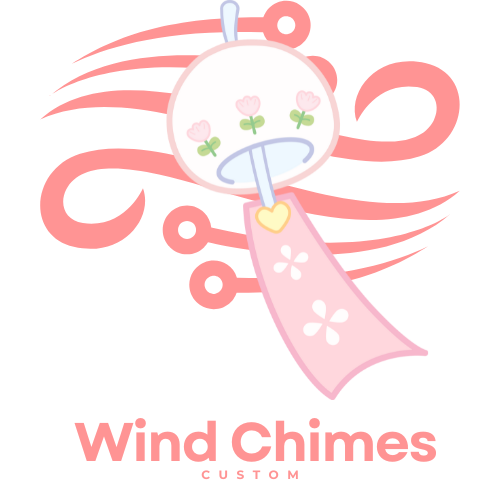the Battle of Wind Chimes: Handmade Artistry vs. Factory Production
Evaluating Sound Quality and Resonance
When it comes to wind chimes, the auditory experience significantly influences your selection. Handcrafted wind chimes are often lauded for their superior sound quality. Artisans dedicate time to ensuring that each piece is finely tuned,resulting in harmonious notes that resonate beautifully in a gentle breeze. As an example, manny handcrafted options feature varied lengths and thicknesses of tubes or rods, which allows them to produce distinct tonal ranges.
In contrast, mass-produced wind chimes may not achieve the same level of audio precision due to assembly line constraints. These items typically rely on standardized materials and designs that prioritize functionality over sound aesthetics. While they may still generate pleasant sounds, seasoned listeners can frequently enough discern the differences in richness and depth when comparing them with their handcrafted counterparts.
Assessing Material Durability and Weather Resistance
Durability is a crucial consideration when selecting wind chimes for outdoor use. Handmade models frequently utilize premium materials such as hardwoods or higher-grade metals like aluminum or brass, enhancing their longevity against environmental factors like rain and intense sunlight. Many artisans also treat their products with protective coatings that help resist corrosion and fading.
Conversely, mass-produced versions might opt for lighter materials to reduce costs—frequently enough leading to quicker degradation over time due to exposure.In regions experiencing severe weather conditions or extreme temperature fluctuations, these weaker constructions can warp or deteriorate rapidly; hence investment into a handcrafted piece could prove more economical long-term despite the initial pricing difference.
A Closer Look at Pricing: Value vs Cost
Now let’s delve beneath the surface into pricing dynamics associated with both options. Generally speaking, handcrafted wind chimes tend to carry higher price tags due primarily to labor intensity involved in creating each unique item—which can range from $30 up to several hundred dollars depending on artistry levels involved.
On the other hand, factory-made varieties typically come at lower prices—often peaking under $50—allowing broader accessibility for buyers seeking budget-kind alternatives without sacrificing functionality entirely.On average though these cheaper models can appear tempting initially; assessing durability alongside potential wear patterns leads many purchasers towards valuing quality over mere cost savings early on social media trends reflect an increase—in particular among younger consumers—in preference toward enduring goods that emphasize craftsmanship.*
In conclusion while mass manufacturing undeniably meets some needs by providing economically viable alternatives who wouldn’t want an exquisite set displayed outdoors enchanting guests while producing lovely melodies? ultimately whether leaning towards artisan-crafted elegance versus affordable convenience hinges upon individual priorities but one must weigh thoughtfully melodic purity along side resilience against nature’s whims!

